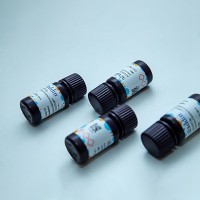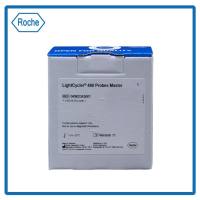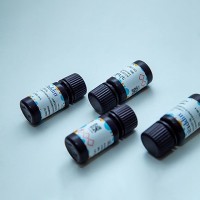Labeling Fluorescence In Situ Hybridization Probes for RNA Targets
互联网
550
Ribonucleic acids (RNA) can be detected in cellular specimens by fluorescence in situ hybridization (FISH) using labeled RNA, deoxyribonucleic acid (DNA), or nucleic acids analogs. The RNA targets are often messenger RNA (mRNA) molecules that have been transcribed from the genomic DNA. Specific mRNA sequences can be selectively identified out of the many co-expressed mRNA molecules owing to the high specificity of nucleic acid base pairing. The analysis of selected mRNA sequences is an important measure of many cellular properties, including, for example, the identification of specific cell types, the identification of different stages of cell differentiation, and measuring abnormal mRNA expression, as often accompanies cancer development. RNA probes can be directly conjugated with fluorescent labels, or conjugated with labels that specifically associate with fluorescent compounds. Once hybridized, the presence and relative abundance of an RNA target can be qualitatively assessed visually based on the fluorescence intensity, or in a more quantitative fashion, by digital imaging and image analysis.









